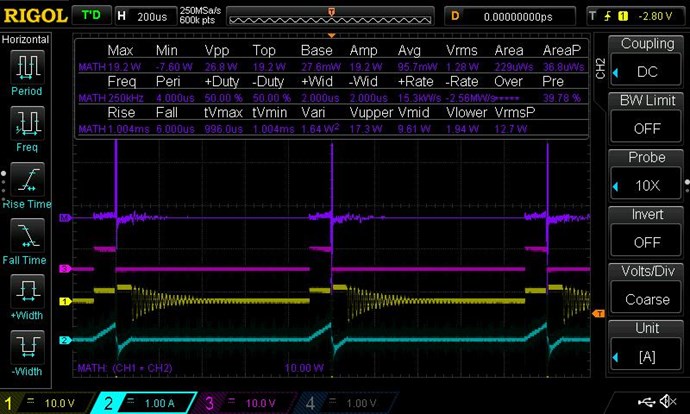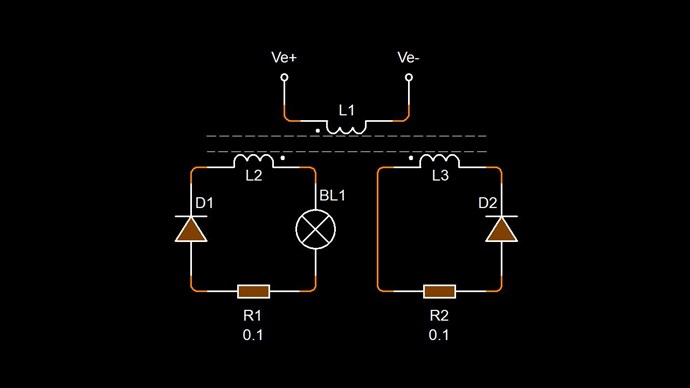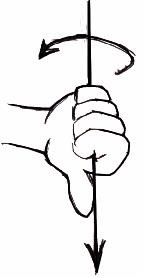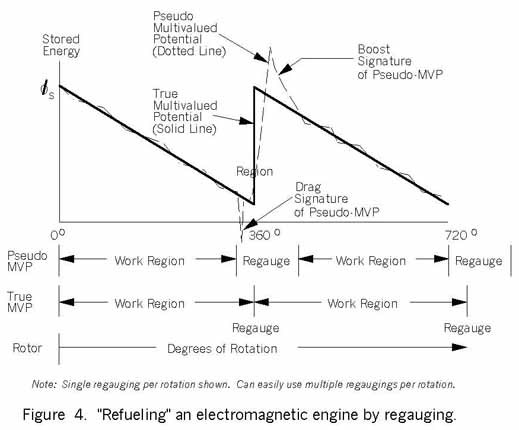I'm a little embarrassed to say that I've done nothing but fail at all my attempts to go AU since 2007. I'm prone to step right in the mistakes my forbearers warn me about explicitly and my ambition far outweighs my ability. My only strength is that I can't help but want to continue to fail forward and try learn from everything that doesn't kill me. One thing all successful people have in common is failure so my approach is to be such a absolute glutton for failure that I stop noticing the sting of disappointment... until there's nothing left but success.
Since I found this group I don't feel so alone in these endeavors so it just wouldn't be right if I didn't share this attempt.
I'm grateful for this group and would like to solicit feedback conditionally... Please do me a favor and just don't say this stuff "simple" or "easy". It's not. It may seem that way once you already know it. The same concepts, techniques, and applications all may have varying levels of difficulty according to who the student is. I know someone else can get this right the first time in a matter of hours while it's taken me months to get this far even though everything is all right here.I'm Kritischer, and I'm done going down the Rabbit hole on my own...



Excitation primary is 22AWG, comprised of 4 parallel wires tied at the ends and then wrapped 6 times Anti-Clockwise going left (ACWL). I opted for this over thicker wire because it's easier to work with, parallel resistances & inductances decrease, I had to start somewhere, and why not?
1st and 2nd Secondary's are 23 turns. I realize now that one should probably be longer.
The 1st Secondary (left) is Clockwise going from left to right. I think this is the load coil.
The 2nd Secondary (right) is Anti-Clockwise going right to left. I think this is the assist coil.
This clockwise/anti-clockwise right hand rule left hand rule stuff is maddingly ambiguous the longer I stare at it and is incredibly fundamental and important I know. I wish I could strike the idea of current going positive to negative completely from my memory. I feel like I MUST visualize current as a phase conjugate starting from the wire end opposite the highest NEGATIVE charge but when I add coil direction to this I realize that I'm painfully disinclined mechanically.
Before I wound this thing up I spent many hours trying to make it right only to realize afterward that I never get it right the first time. I tried making a calculator to calculate current based on some wonderful pigeons calculator. His commentary is hilarious.
My plan was to sweep for resonance and then use the time of the 1/4 wavelength at resonance as the pulse width for the primary. I couldn't do it. I tried sine sweeping the secondary's for resonance and didn't see a defined voltage peak. I tried driving from the middle like I think Chris's video shows but I don't think I have enough turns and I just don't know any better. I didn't see the outputs go out of phase either.
So I said f*ck it and put together a pulse driver from some modular electronic components I was using for the Arduino Project I'm going to hopefully someday be able to share.

Someday...
But for now...
I put a toggle switch in this handy little PWM Generator

Connected the PWM output to this optocoupler/mosfet driver

Which got it's power from this DC-DC buck/boost converter

I was originally using a 6V battery as a power source but moved to a DC power supply. I kept the buck/booster in the mix because I didn't see the harm in getting familiar with gain staging with it.
So the setup started to look something like this

Trying not to get overwhelmed with analysis paralysis I followed the advice to break it down.
I started pulsing and looking at the voltage first to make sure I could get sharp pulses on the excitation coil (blue). At this time I think the yellow was the left coil with a diode and 1ohm resistor shorting it. note the 100x multiplier.

I connected a 7W lightbulb directly to the signal driver to see if I could get it to light up.... not so much....just a dim glow.
Next I tried step 2 and tried to get the light to glow dimly across the left secondary. only 2 coils were connected at this point... I couldn't get it done.
This is where I started questioning everything from the direction of the diodes to the windings to whether I should be using the left hand rule. I swept from 1% duty as high as 15 from 600Hz to about 5Khz adjusting the voltage to the excitation coil all while keeping an eye on the power supply to make sure I didn't go any higher than .5A.
At this point I'm tired and don't have what settings went along with with what scope plot but I kept on trying different things trying to see if I could eventually get a knack for it. I've been doing that for 2 days now.

Something felt right about the above but I have nothing to back it up. I have nothing to back anything up really.
I've been taking current measurements across a 1Ω high power "no inductance" resistor and a switching diode. I don't have 0.1Ω resistors yet. Soon.
I've been placing the diode at the ends of the coils with the line closest to the end of the coil because I want the current to travel towards the center. I've been placing the probe positive on the side of the diode closest to the coil. I don't know if this is right.
At one point I was putting in 6V and was getting out 21V or so on the left secondary (load?) coil. At that point I connected a 10V TVS across the right (assist?) coil. Nothing noteworthy happened... but that's not to say anything I've done up to this point makes one lick of sense.
I have to hang it up for the night. Sadly there aren't enough hours in the day and I have limited hours to work on this despite it literally being the most important thing anyone with the means and motivation to do it should be doing.







































---open-tesla-research.jpg?width=20&crop=0,0,20,20)



